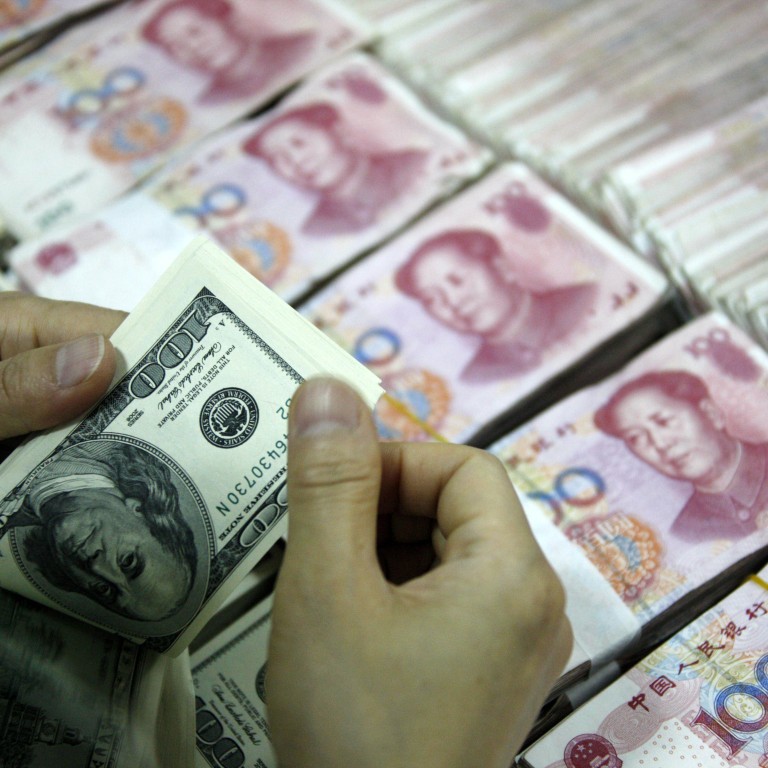
Swift too quick to hail yuan as a major currency in trade finance
The data was based largely on transactions using letters of credit when, in reality, about 80 per cent of global trade is conducted on open terms
Hip, hip, hurrah! And now, if we have done cheering, let's look a little more closely at this remarkable statistic.

But an estimated 80 per cent of international trade is now conducted on open terms. Trade partners who have long done business with each other increasingly don't see the need for a bank intermediary. They decide to trust each other and not pay for this costly extra level of security.
China's foreign trade in yuan, however, is still dominated by letter of credit. Thus the only thing that the Swift ranking of global trade indicates is that exporters and importers who settle their accounts in yuan do not have that same high level of trust in each other that is enjoyed by most other traders. I can't see that yuan boosters have anything to crow about.
There is more. Along with the bar chart showing China's No2 position in letter of credit trade, Swift published another bar chart showing a ranking of currencies by value of worldwide payments.
In this one, the yuan was No 12 with only a 0.84 per cent worldwide share, slightly behind the Thai baht and a smidgen head ahead of the Norwegian krone. Norway has a population of five million, China of 1,360 million at latest count.
And China actually slipped a little in October with growth for all payments of 1.5 per cent against a worldwide growth of 4.6 per cent.
All of which is just another roundabout way of saying that the cheerleader squad for worldwide use of the yuan is starting to go a little over the top these days with its unending chorus of "Rah, Rah, Renminbi".
Take chief cheerleader Anita Fung Yuen-mei, of HSBC, for instance. We had her in this newspaper again the other day saying that yuan deposit growth in Hong Kong is so big, so huge, that it might put the squeeze on Hong Kong dollar liquidity. I haven't the space here to tell you why this is a theory from Never Never Land but will someone from the Hong Kong Monetary Authority please pull her in to tell her how the peg works. It seems she played truant from HSBC training school the day that the lesson on origins of money was taught.
Here is a little factoid on why we have seen more settlement of trade accounts in yuan over the past few years. The chart tells the story. The yuan has been pushed steadily stronger against the US dollar by the People's Bank of China.
This means that merchants in Hong Kong are quite happy to accept yuan for payment of goods shipped to the mainland. They then have the means of speculating on further yuan strength. It's a gift given them by PBOC policy.
Don't ask what might happen should the PBOC finally decide to call a halt to this policy. That's grim. Let's not go there.

